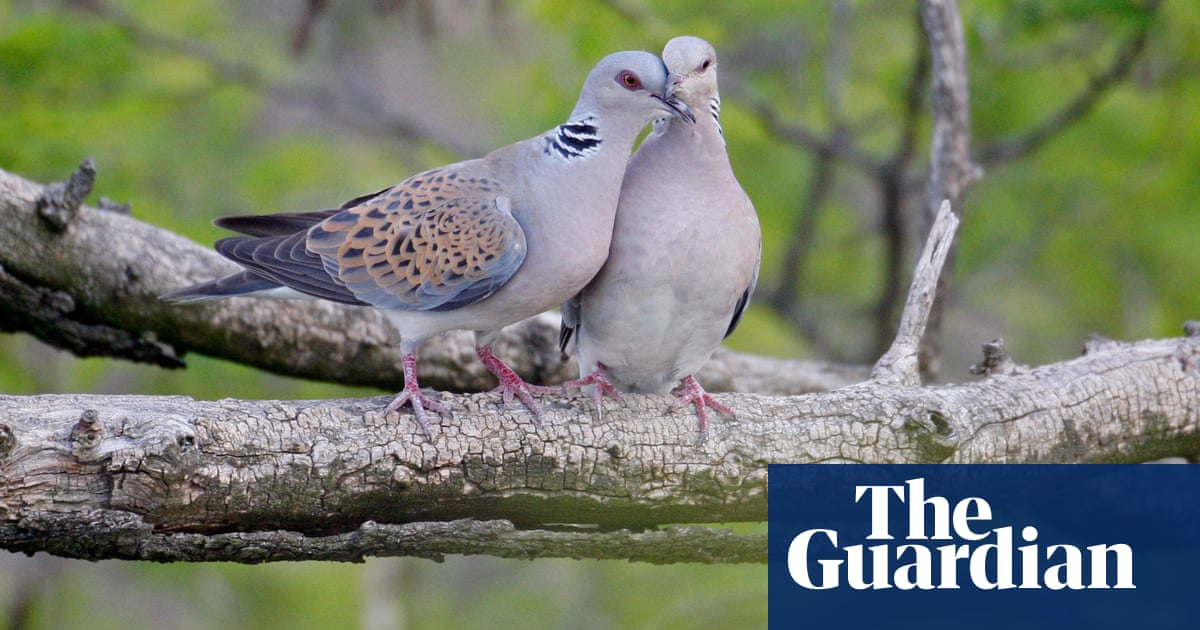More than 500 bird species could vanish within the next century, researchers have found, calling for urgent “special recovery programmes” such as captive breeding and habitat restoration to rescue unique species.
Birds such as the puffin, European turtle dove and great bustard will be among those to disappear from our skies if trends continue, according to the paper. Their loss threatens to unravel ecosystems across the globe.
“We face a bird extinction crisis unprecedented in modern times,” said Kerry Stewart, lead author of the research from the University of Reading, who described the headline finding of the paper as a “shocking statistic”. It is triple the number of birds that went extinct in the previous 500 years.
The paper, published in the journal Nature Ecology and Evolution,examined data from nearly 10,000 birds (almost all of those known to exist) and used IUCN data to predict extinction risk. Habitat loss – driven mainly by the expansion and intensification of agriculture – emerged as the most significant driver of species extinction.
But even if habitat loss, hunting and climate breakdown stopped today, about 250 species could still die out, as they are already teetering on the brink of extinction. Local conservation efforts may feel small but they are essential to save a species from going extinct, the researchers found. “Many birds are already so threatened that reducing human impacts alone won’t save them. These species need special recovery programmes, like breeding projects and habitat restoration, to survive,” said Stewart.
Conservation success stories show it is possible to bring species back from the brink of extinction.
By 1987, theCalifornia condor – North America’s largest bird – had gone extinctin the wild. There were about 22 birds in captivity, which were then bred and released; now there is a population of350 in the wild.
In the UK, the bittern – a shy-reed-dwelling bird – went extinct as a breeding bird in the 1870s because its wetland habitat had been drained for farming. Now, thanks to habitat restoration, their population is at its highest inmore than 200 years, with more than 280 booming male bitterns recorded last year.
Prof Manuela González-Suárez, senior author of the study at the University of Reading, said: “Stopping threats is not enough. As many as 250-350 species will require complementary conservation measures … to survive the next century.”
The latestState of the World’s Birds reportfound nearly half of the planet’s bird species are in decline. Habitat loss, logging, invasive species, exploitation of natural resources and climate breakdown were highlighted as the main threats.
“There is no magic bullet for solving the extinction crisis,” said Stuart Butchart, chief scientist at BirdLife International, who was not involved in the research. “Protected areas can play a key role, while abating threats from agriculture, logging, fisheries, hunting and other sources is essential. However, some species require targeted recovery efforts, involving interventions like captive breeding and release, translocation, or supplementary feeding, to overcome barriers to recovery.
“This paper adds to a growing body of evidence showing that actions across the whole framework will be necessary to stop human actions from driving species extinct.”
Find moreage of extinction coverage here, and follow the biodiversity reportersPhoebe WestonandPatrick Greenfieldin the Guardian app for more nature coverage
